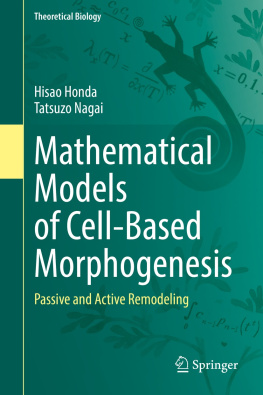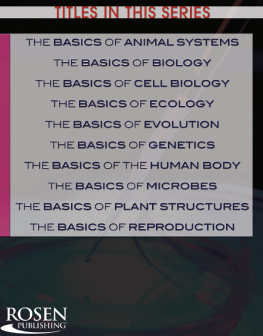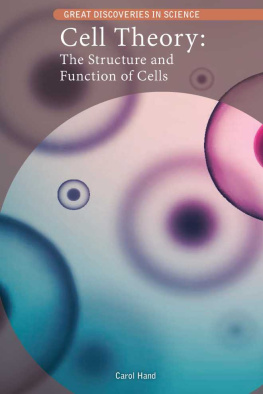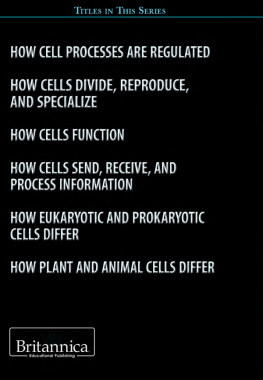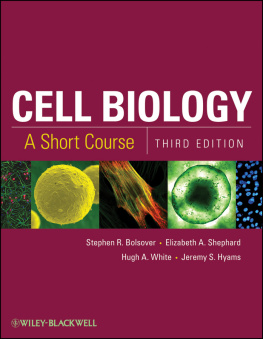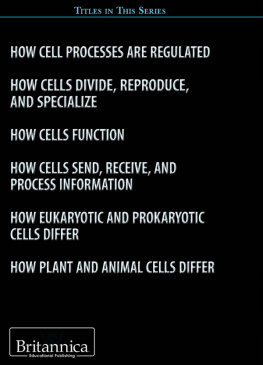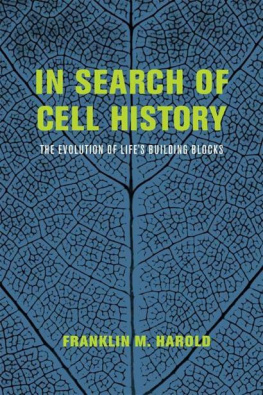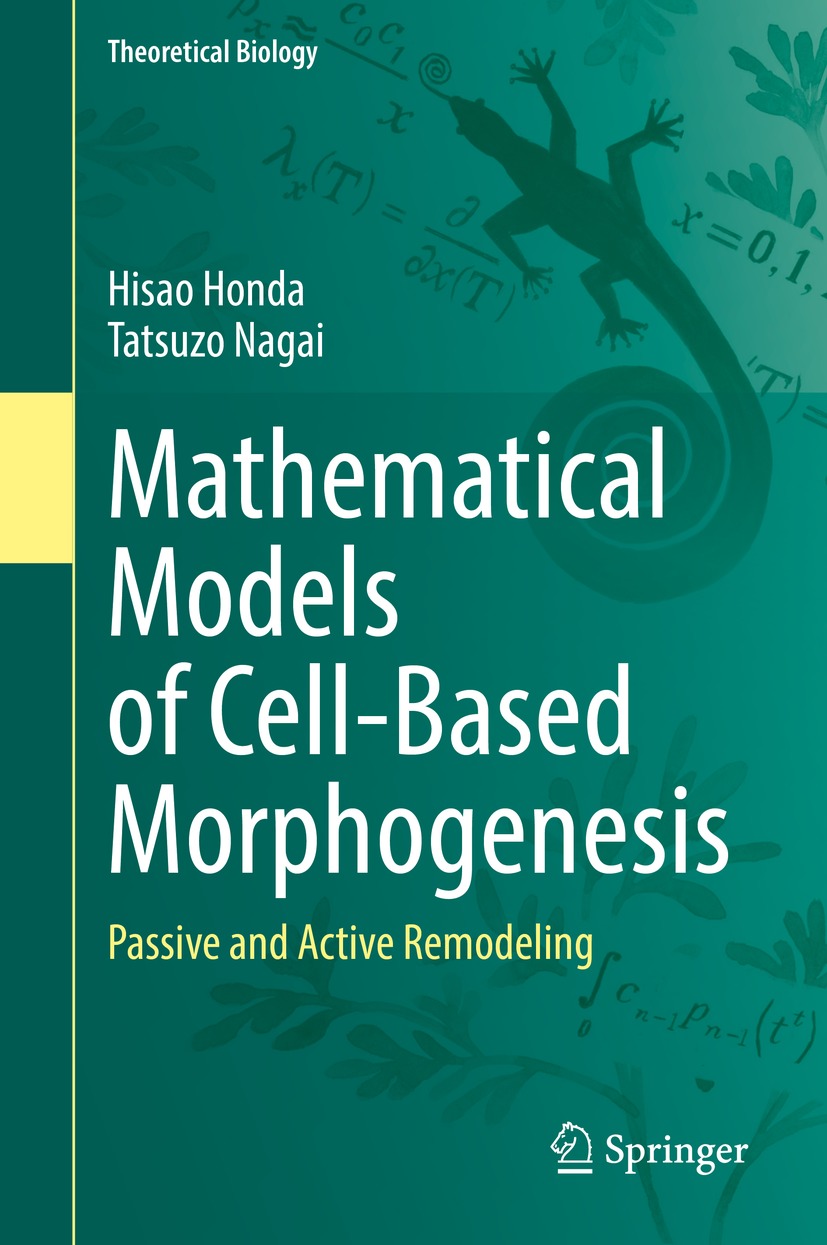Hisao Honda - Mathematical Models of Cell-Based Morphogenesis: Passive and Active Remodeling
Here you can read online Hisao Honda - Mathematical Models of Cell-Based Morphogenesis: Passive and Active Remodeling full text of the book (entire story) in english for free. Download pdf and epub, get meaning, cover and reviews about this ebook. City: Singapore, year: 2022, publisher: Springer, genre: Science. Description of the work, (preface) as well as reviews are available. Best literature library LitArk.com created for fans of good reading and offers a wide selection of genres:
Romance novel
Science fiction
Adventure
Detective
Science
History
Home and family
Prose
Art
Politics
Computer
Non-fiction
Religion
Business
Children
Humor
Choose a favorite category and find really read worthwhile books. Enjoy immersion in the world of imagination, feel the emotions of the characters or learn something new for yourself, make an fascinating discovery.
- Book:Mathematical Models of Cell-Based Morphogenesis: Passive and Active Remodeling
- Author:
- Publisher:Springer
- Genre:
- Year:2022
- City:Singapore
- Rating:5 / 5
- Favourites:Add to favourites
- Your mark:
Mathematical Models of Cell-Based Morphogenesis: Passive and Active Remodeling: summary, description and annotation
We offer to read an annotation, description, summary or preface (depends on what the author of the book "Mathematical Models of Cell-Based Morphogenesis: Passive and Active Remodeling" wrote himself). If you haven't found the necessary information about the book — write in the comments, we will try to find it.
The book introduces two mathematical cell models, the cell center model and the vertex model, with their applications. The cell center model is applied to elucidate the formation of neat cell arrangements in epidermis, cell patterns consisting of heterogeneous-sized cells, capillary networks, and the branching patterns of blood vessels. The vertex model is applied to elucidate the wound healing mechanisms of the epithelium and ordered pattern formation involving apoptosis. Pattern formation with differential cell adhesion is also described. The vertex model is then extended from a two-dimensional (2D) to a three-dimensional (3D) model. A cell aggregate involving a large cavity is described to explain the development of the mammalian blastocyst or the formation of an epithelial vesicle. Epithelial tissues and the polarity formation process of the epithelium are also explained. The vertex model also recapitulates active remodeling of tissues and describes the twisting of tissue that contributes to understanding the cardiac loop formation of the embryonic tube. The book showcases that mathematical cell models are indispensable tools to understand the shape formation of living organisms. Successful contribution of the mathematical cell models means that the remodeling of collective cells is self-construction. Examining the successive iterations of self-constructions leads to understanding the remarkable and mysterious morphogenesis that occurs during the development of living organisms.
The intended readers of this book are not only theoretical or mathematical biologists, but also experimental and general biologists, including undergraduate and postgraduate students who are interested in the relationship between genes and morphogenesis.Hisao Honda: author's other books
Who wrote Mathematical Models of Cell-Based Morphogenesis: Passive and Active Remodeling? Find out the surname, the name of the author of the book and a list of all author's works by series.

